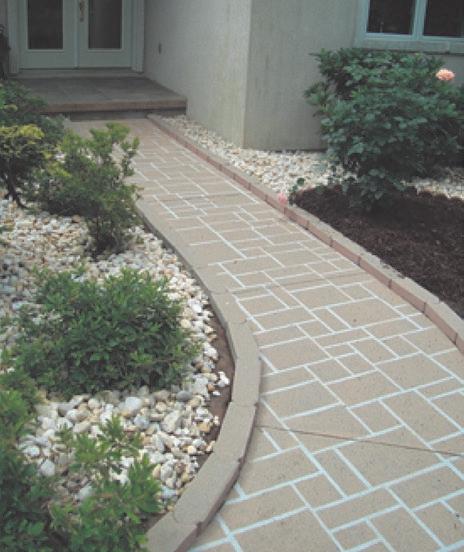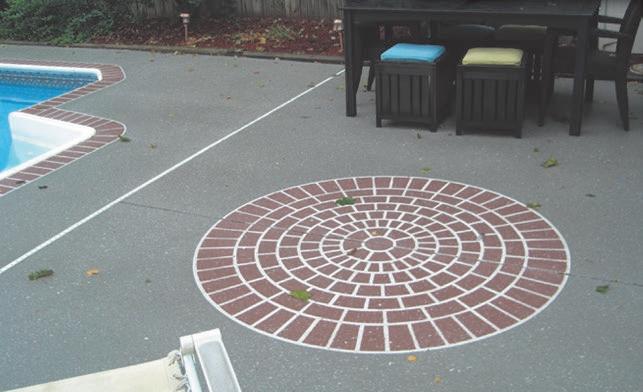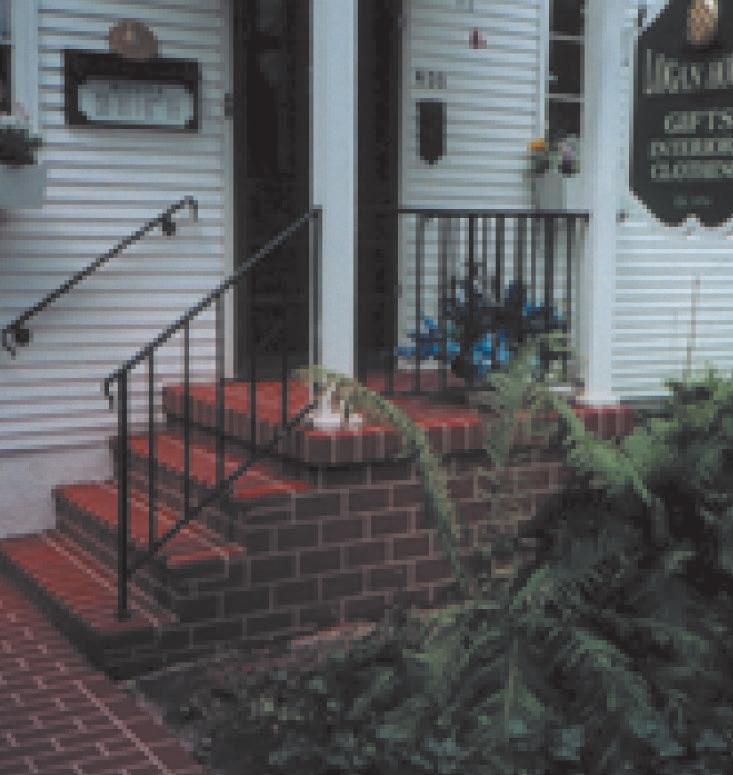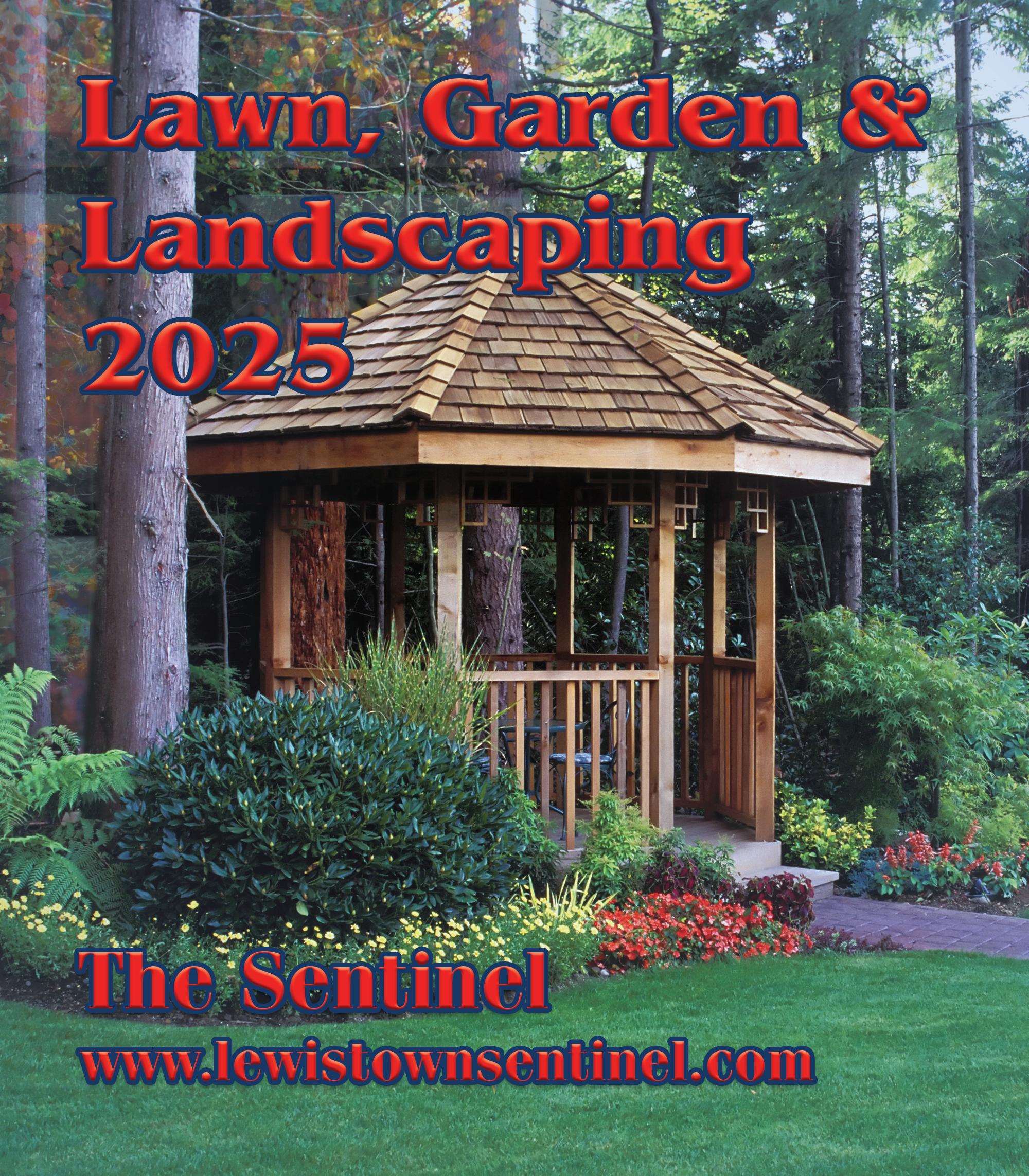












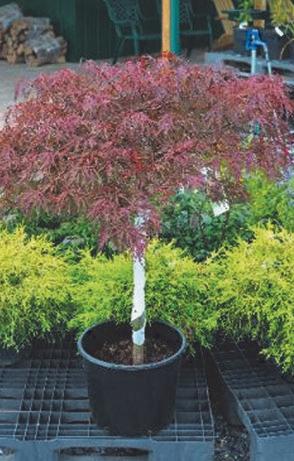

























Backyards have undergone quite a transformation over the last decade-plus. The days when patios and decks were all a backyard living space had to offer are largely a thing of the past, as homeowners have realized just how valuable it can be to commit to a stunning backyard.
The real estate experts at Zillow estimate that homes with backyard features such as outdoor televisions, outdoor showers and outdoor kitchens command 3.1 percent more than expected upon reaching the market. If 3.1 percent doesn’t sound like a lot, it actually equates to nearly $11,000 on a typical home. But there’s more to gain than money when converting a backyard space into a relaxing respite. Such spaces can provide a welcoming escape from the hustle and bustle of daily life, all the while giving homeowners and residents a comfortable space to soak in the great outdoors. With that in mind, homeowners can take the following steps to establish a peaceful backyard retreat.
• Refresh the landscape. Even if your vision is centered on outdoor furniture
and a space that accommodates movie nights under the stars, it’s still best to refresh the existing landscape if it needs a little upkeep. Overgrown trees, hedges and bushes can create the same cluttered vibe that dominates interior spaces overrun with items.
Once a backyard retreat is established, everyone who calls the property home to resist. Keep this in mind when planning the space and aim to set up multiple gathering spaces. An outdoor kitchen with a nearby dinner table can be a great

If necessary, work with a local tree service or landscape architect to trim, or even remove, trees and hedges that are crowding the backyard and making it feel claustrophobic or giving it an unkempt look. Aim for a landscape that affords a balance of sun and shade so the space is as comfortable as possible throughout the day.
• Set up multiple gathering spaces, if possible.
space to enjoy al fresco dining, but a separate area to read a book or watch a movie or ballgame can make the space more versatile. Some may want to relax away from the noise of the grill area, and multiple gathering spaces ensures there’s always a peaceful spot to unwind out back.
• Add a water feature. Running water has a way of calming the nerves, and that’s good to keep in mind
when planning a backyard retreat. Water features run the gamut from garden ponds to koi ponds to fountains to hot tubs. Homeowners can identify which feature best aligns with their idea of relaxation and then work with a landscape architect to ensure it’s installed in their backyard oasis.
• Don’t forget shade. Temperatures are rising in many areas of the globe, and that’s worth noting when planning a backyard retreat. Even the most ardent sun worshippers likely won’t want to be exposed to the sun at all times when relaxing in their backyards. Strategically chosen means of providing shade can make spaces enjoyable all day long. Consider umbrellas, gazebos, pergolas, and even retractable awnings to cover patios and decks when the sun is at its highest each afternoon. If you plan to spend ample time in the grass, make that more enjoyable by planting shade trees, which also can protect the grass from drought and make it more comfortable underfoot.
A relaxing backyard retreat can make for an ideal space to escape the hustle and bustle of daily life.

Millions of people embrace opportunities to get back in their gardens each spring, and they might be reaping more rewards from that activity than they realize. According to the American Institute of Stress, gardening sparks a level of creativity among enthusiasts, and that can help to alleviate
stress by lowering levels of the hormone cortisol.
In addition, authors of a 2022 study published in the journal Urban Forestry & Urban Greening concluded that gardening during the COVID-19 pandemic helped people cope with coronavirus-related stress through outdoor activity.
Homeowners know there’s no shortage of ways to tweak a property. Some homeowners may lament that the work associated with home ownership is never done, but owning a house also provide endless opportunities to upgrade the spaces people call home.
Landscape lighting has become increasingly popular in recent years. That popularity is undoubtedly due to a number of variables, and each highlightsscape lighting around a property.
• Affordability: Some may think of big budget projects like kitchen remodels or room additions when pondering home renovations. Such projects can have a dramatic impact on the look and feel of a home, but landscape lighting can be equally transformative at a fraction of the cost of larger undertakings. The home renovation experts at Angi.com estimate the average landscape lighting project costs around $4,000, making affordability a no-
• Appearance: There’s no denying the aesthetic appeal of a well-lit landscape at night. Landscape lighting can be utilized to draw attention to awe-inspiring components of a landscape, whether it’s natural features like gardens and foliage or manmade components like architectural features. Improved appearance can increase curb appeal, which is often associated with how a home looks during daylight hours. But photographs of a well-lit nighttime landscape can impress buyers as well.
• Cost savings: Landscape lighting might help
homeowners reduce the cost of their homeowners insurance. Researchers at PolicyGenius.com found that insurance companies typically offer a discount of 2 to 5 percent to homeowners who install a home security system. Insurance providers may offer additional savings to homeowners who pair such systems with landscape lighting, which can be a deterrent to burglars who prefer to operate under a cloak of darkness. may discount premiums because of landscape lighting because they view it as a deterrent to potential criminals. But landscape lighting also makes moving around a property at night safer for residents and guests. Lighting can be used to illuminate walkways, outdoor living rooms, patios around pools, and other areas where residents and guests will be walking at night, which can reduce the risk of falls and injuries that may result from such spills.
• ROI: Savvy homeowners consider a renovation’s return on investment before deciding to go forward with a project. Studies vary, but the National Association of Realtors indicates landscape lighting can recoup as much as 70 percent of homeowners’ investment in the project at resale. When viewed through the lens of ROI, the cost of installing landscape lighting is even less. Landscape lighting adds notable aesthetic appeal to a home at a fraction of the cost of other renovation lighting provides make the project one every homeowner can consider.



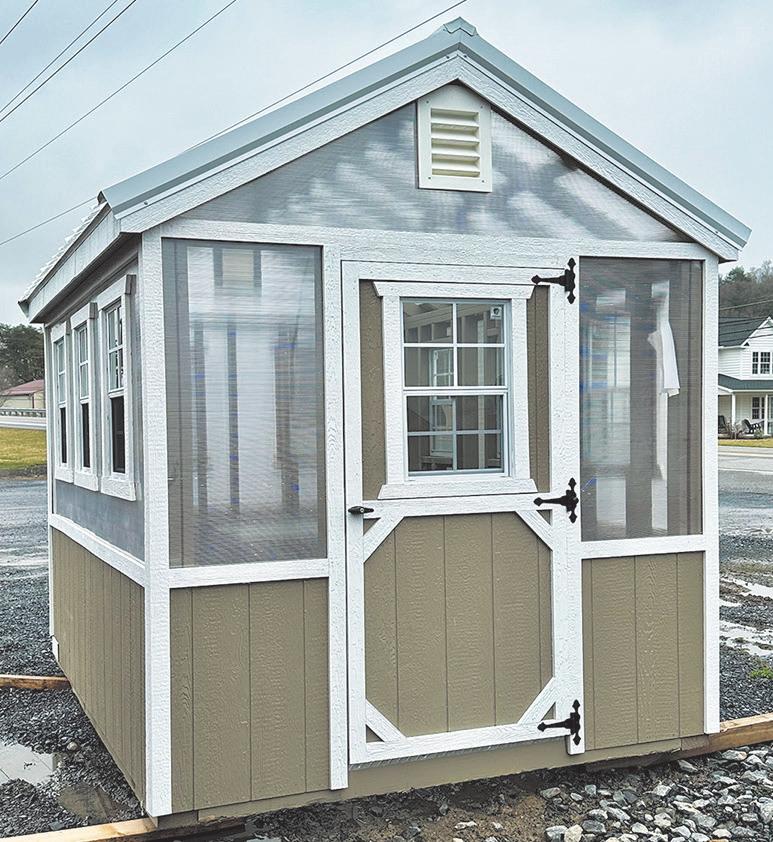
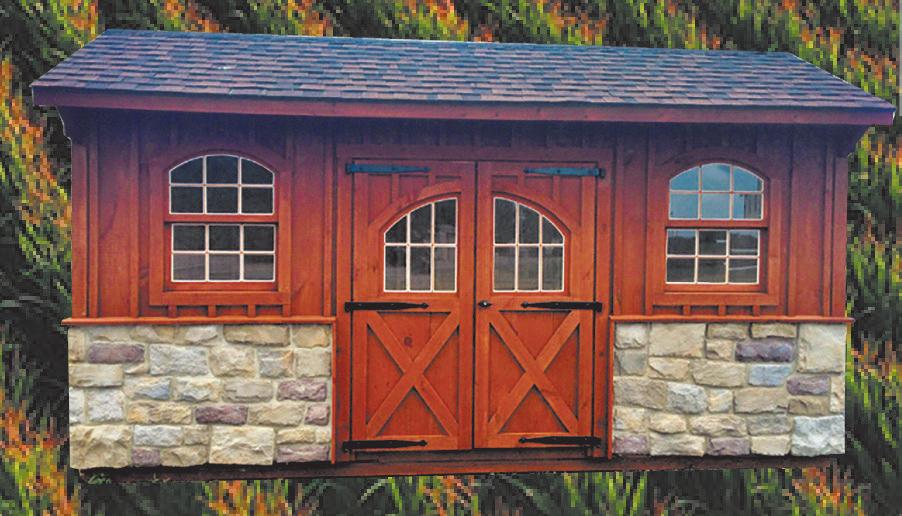
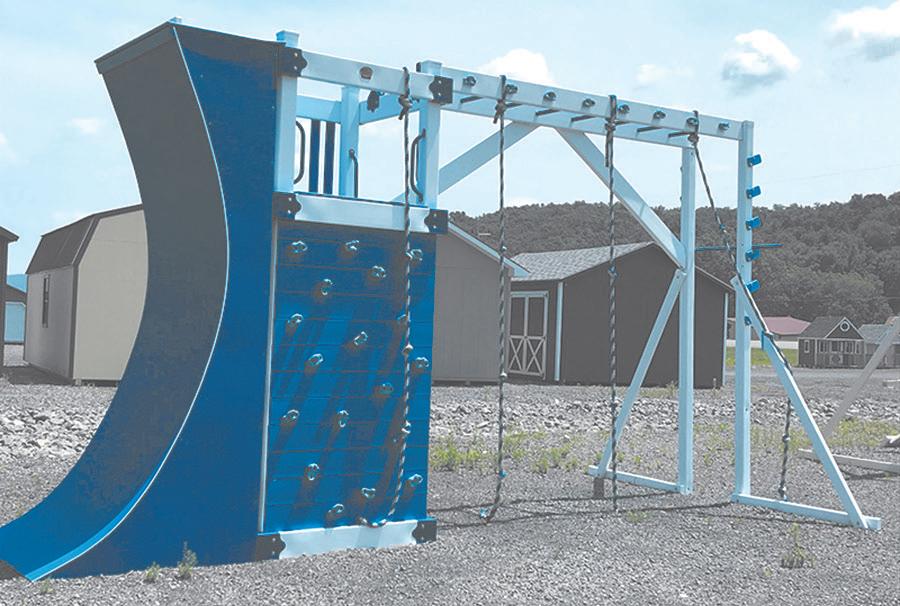


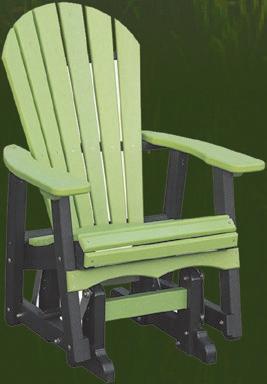

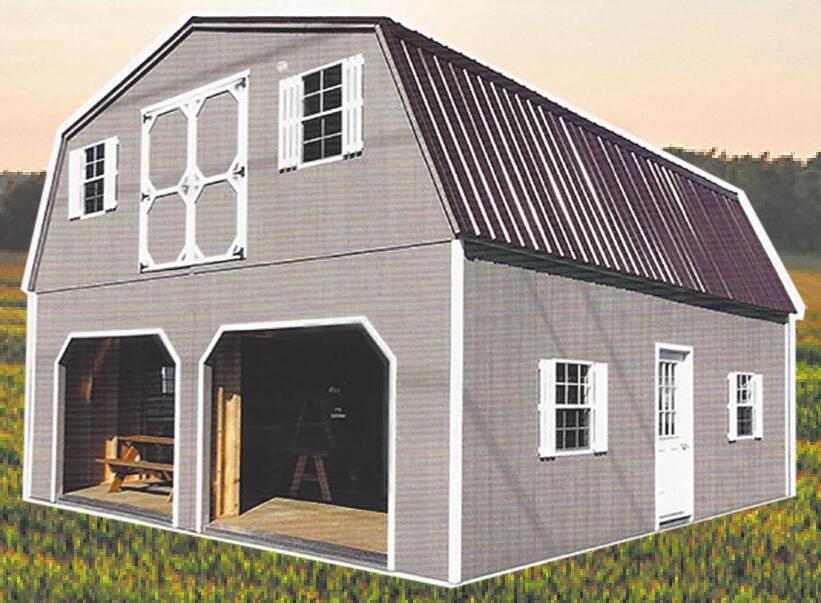



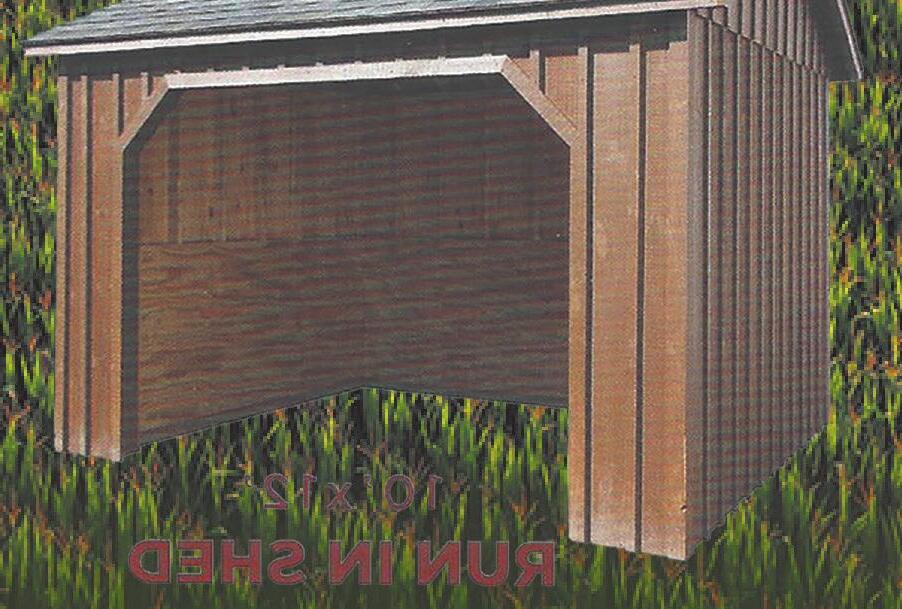


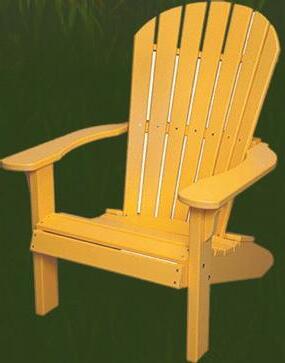
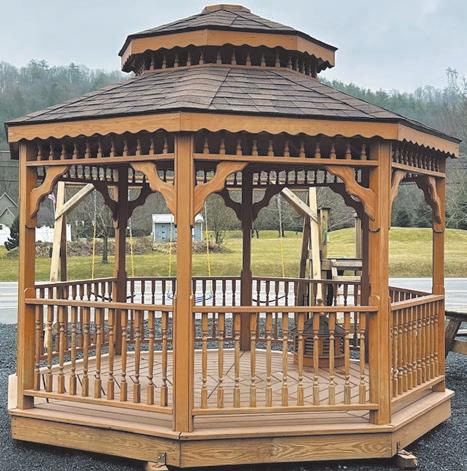
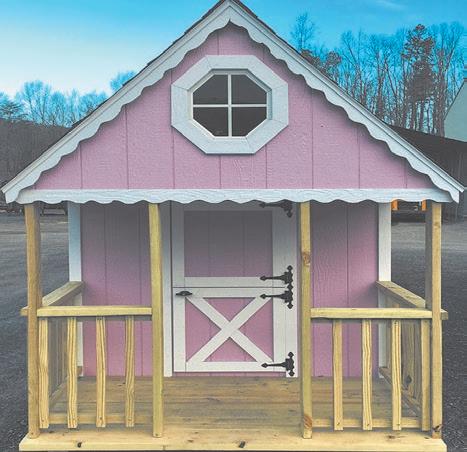
be somewhat metaphorical for human beings, but it’s literal for lawns and gardens that begin to grow anew as temperatures rise and hours of daylight increase in spring. Each spring presents an opportunity for homeowners to get back outside and tend to their gardens. As the temperatures rise, homeowners can consider these spring planning pointers to ensure their landscapes look lush and full in the months ahead.
• Start with the soil. Soil can serve as the starting point each spring. Winter can take its toll on a garden and even overwhelm the area with debris over the colder months. Clear rocks and other debris from the area before loosening the soil. The Farmer’s Almanac recommends loosening soil to a depth of at least eight inches if planting a new garden. An existing garden may only need to be loosened to a depth of around six inches, after which homeowners can mix compost into the soil
in early spring. Compost is organic matter that provides nutrients and helps to build strong plant roots.
• Consider a raised garden in colder climates. The Farmer’s Almanac notes raised gardens can help homeowners in colder climates dry out and warm up wet, cold soils more quickly. Homeowners in such regions also can cover their beds with black plastic or cardboard prior to planting. Doing so can protect the beds from late-season snow and spring rains and also helps to overcome erosion.
• Take soil temperatures. Unpredictable weather is among the noticeable effects of climate change in recent years. That lack of predictability can make spring planting a little more tricky than it once was. Experts note that soil temperatures around 50 F are best for cool-season crops, while soil should be 60 F or warmer when planting warm-weather plants such as tomatoes.
• Work with a garden center to identify what to plant. The right plants for one region may not be ide-
al for another, so homeowners are urged to work with a local landscaper or garden center before planting. Such a consultation can be especially useful for homeowners planting a new garden. Landscapers and garden center professionals will know which plants work in the local climate.
• Consider planting vegetables in the spring. Various garden experts note that spring is an ideal time to plant a vegetable garden. If planted at the right time, a vegetable garden can save homeowners money on their grocery bills and provide a season’s worth of fresh veggies. Lettuce and spinach are sun- and shade-friendly vegetables, which can make them good options for a spring garden. Cool-season root vegetables, which include beets, carrots and swiss chard, are some other notable veggies that can thrive in early spring.
Spring is a season of rejuvenation for gardens. That’s even more true when homeowners consider some conventional planting wisdom in early spring.
A beautiful garden is a wonder to behold. After a homeowner toils in the yard amending the soil and planting, it’s imperative that a garden be given the best chance to thrive. However, the natural wildlife that shares the space might see that newly cultivated land as the perfect place to enjoy an easy meal or gather nesting materials.
Every gardener likely has a tale about chipmunks, squirrels, woodchucks, and rabbits making nuisances of themselves in the garden. Many of these animals seem to have a taste for bulbs and other plants, which can wreak havoc on what gardeners carefully plan and plant. Finding balance so everyone can get along may require patience and some well-crafted deterrents.
• Provide food elsewhere. Try luring the animals away to another area of the yard where the meal is even easier to come by. Squirrels and chipmunks love to dig and bury their caches, so a far-off corner with freshly tilled soil along with some berries, nuts and additional treats might attract them to that area instead of a newly established garden.
• Install fencing. While chipmunks and squirrels can scale fences easily, such acrobatics may be more challenging for lumbering groundhogs or rabbits. Make digging more
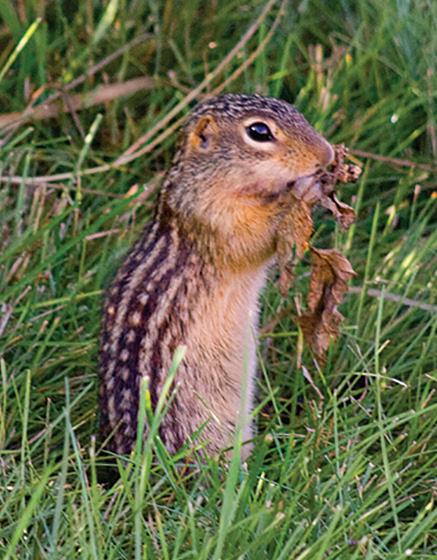


wire fencing on top of the soil and stake it down in some areas.
• Use a scent deterrent. Some animals are put off by the smell of other aniunpleasant. The capsaicin in red pepper and cayenne can be off-putting to these animals, so sprinkling it around the garden may ward off pests but not harm the plants. Just reapply after each rain. Similarly, some people have had luck using peppermint. Plant mint around where you do not want the squirrels and chipmunks. Since mint can grow fast and become invasive, it’s best to plant in containers and move accordingly.
• Use water or movement. Animals can be scared away if they are
sprayed with water, so a well-aimed water gun can chase away the animals when a gardener is able to stand watch. It may be easier to set up pinwheels that blow in the wind, or hang aluminum pie plates or old compact discs from strings near the garden, which may deter animals from getting too close.
• Build a greenhouse. When dealing with tenacious squirrels and chipmunks, the only solution may be to block off all access. Utilize an enclosed greenhouse for the garden, which will keep animals out and even extend the growing season.
Many animals can become nuisances in a yard, particularly in and around gardens. Some humane solutions could remedy the situation.

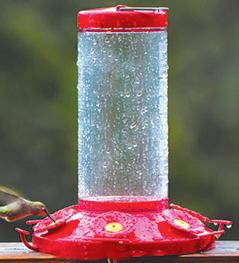



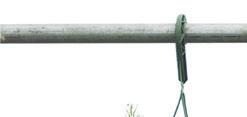









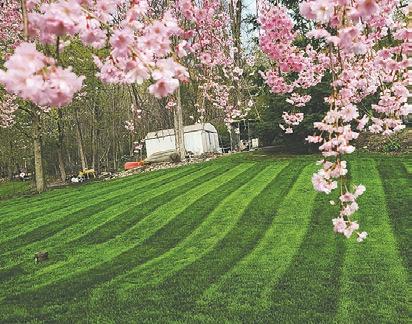






Birds are beautiful creatures that can make a lawn and garden feel even more serene. Providing snacks to supplement what birds guarantees up close and personal interactions with the scores of species that call neighborhoods home.
Bird feeders are particularly important in colder climates and during wintertime when food may be scarce. Keeping birds well fed helps them survive over winter and continue to repopulate in the spring. Bird feeding isn’t all for the birds, either. Ashley Dayer, an associate professor in the Department of Fish and Wildlife Conservation at Virginia Tech, argues that feeding birds also is a it stimulates compassion
for the animals. The type of bird feeder a person places in the yard determines which species may be drawn to the property. The following are various types of feeders to consider.
Suet feeders
Suet cakes are high-energy food sources that attract birds like woodpeckers and nuthatches. They are colder months or regions where birds need extra fat for energy. These cage-like feeders snap around the rectangular suet cake and hang from a pole or tree.
Ground feeder
Ground feeders are simple screen-bottomed trays that sit several inches off of the ground or on a
deck to help keep seeds and grain from coming in contact with droppings. Ground feeders are a favorite of juncos, sparrows, among others.
Sugar water feeder
These feeders come in different shapes, from tubes to round dishes, and are magnets to hummingbirds. They typically have red coloring to be more attractive to those high-
Nyjer bird feeder
Small birds like gold-jer seeds, which are tiny, black thistle seeds. These feeders are tube-shaped mesh socks designed to small feeding ports prevent
seed waste and cater to the
Hopper bird feeder
These are the feeders many people think of when they envision bird feeders. Hopper bird feeders hold a large amount of seed and often have a roof or a design that mimics a house or barn. The covered design helps to keep seeds dry and might be the best hanging feeder for people who live in areas with a lot of rain. Hoppers will attract blue jays, grackles, cardinals, and blackbirds.
Tube feeders
Tube feeders will attract an array of birds. They are cylindrical in shape with various ports to enable birds to perch and feed.
Window and smart bird feeders
These types of bird feeders attach to windows to allow homeowners to view the birds up close. Smart varieties have cameras on the feeders that will send a feed via an app to a smart
phone or computer. Some even may identify the bird species on the feeder at any given point in time. Bird feeders provide enjoyment for bird watchers and nutritious food various species.
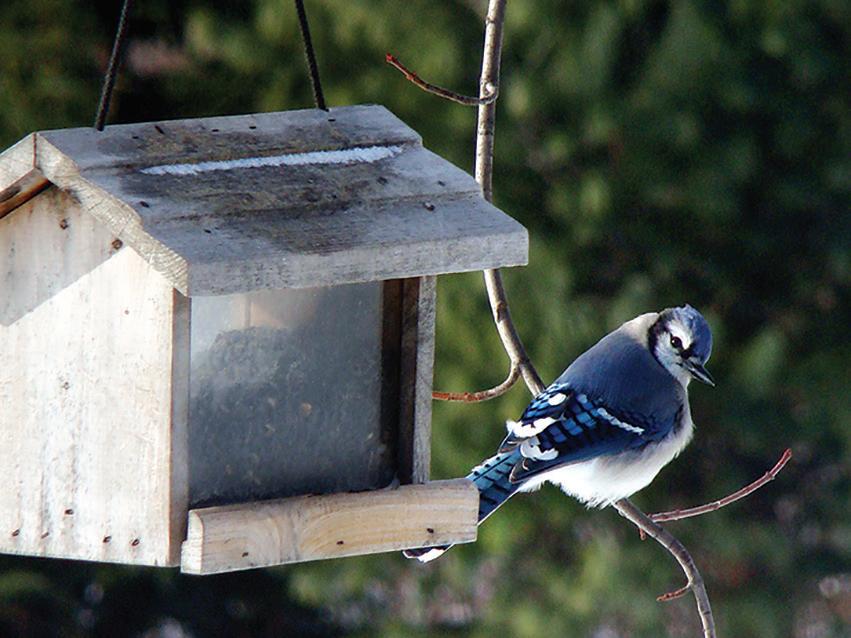
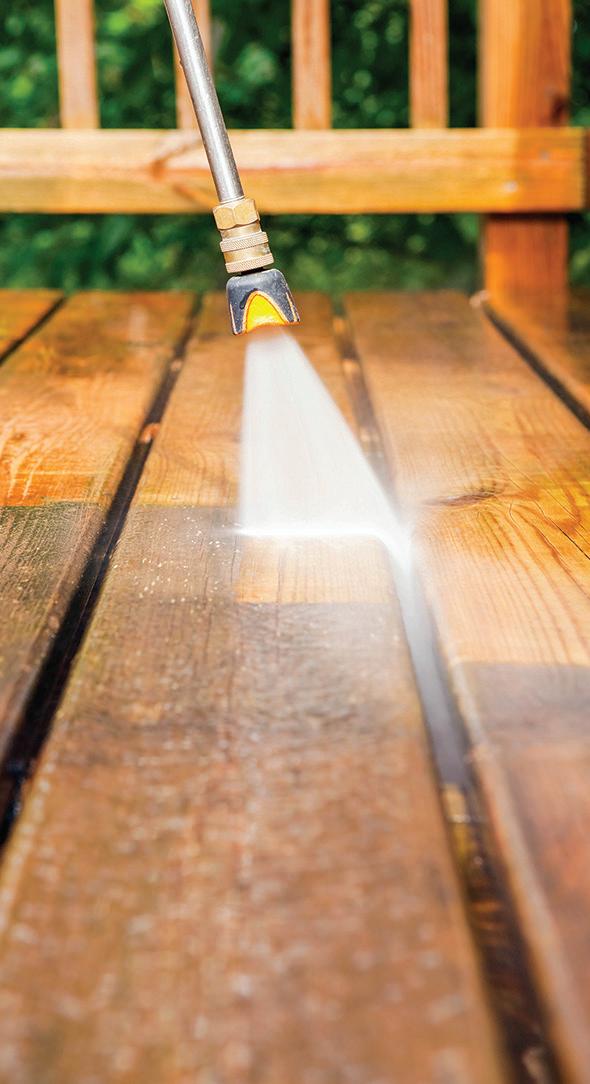
Memorial Day weekend is a popular time to entertain. For many, the weekentertaining opportunity of the year, which is certainly something to look forward to. As outdoor entertaining season begins, homeown-
ers can take these steps to prepare their outdoor livbackyard get-together of the year.
• Break out the power washer. Pressure washing is an important component of spring home cleanup. The warmer temperatures

of spring allow water from power washing to dry more quickly, which can decrease the chances that mold and mildew will grow on surfaces like siding. A freshly power washed home also makes for a welcoming entertaining space. A power washer also can be used on outdoor entertaining spaces to remove dirt and debris that built up over the winter. Just make sure to read manufacturer instructions before using a power washer to clean paving stones, decks and outdoor furniture.
• Inspect outdoor furniture. Now is a good time to inspect outdoor furniture if the task was not performed in late fall or early winter before items were moved into the garage or placed in storage. Check to make sure furnishings are still safe to use, addressing any issues before guests come over for a Memorial Day weekend gathering. Wash cushions for outdoor furniture and replace any that might be showing their age.
• Clean the grill. A thorough cleaning of the grill also is in order prior to summer entertaining season. Many homeowners do little or no grilling during winter, so now is the time to give grilling surfaces and the interior of the grill a deep cleaning. Check for leaks if using a gas grill, and scrub the interior of any grease that accumulated last season. Many grilling experts advise lighting a grill and letting it burn for roughly 20 minutes prior to putting any foods on

Such a strategy allows re-egar and de-greasing products used when cleaning the grill to burn off before food is placed on the grates.
• Inspect the landscaping, too. It’s not just seating areas like patios and decks that need some investigation prior to outdoor entertaining season. Take a walk around the landscape and make sure there’s no potentially dangerous spots where people could be injured when playing backyard games. Fill in any holes with soil and fresh grass seed, and inspect trees to see if any branches need to be pruned. Summer entertaining season begins each Memorial Day weekend. Homeowners can take various steps to ensure their outdoor entertaining spaces are comfortable and safe.








